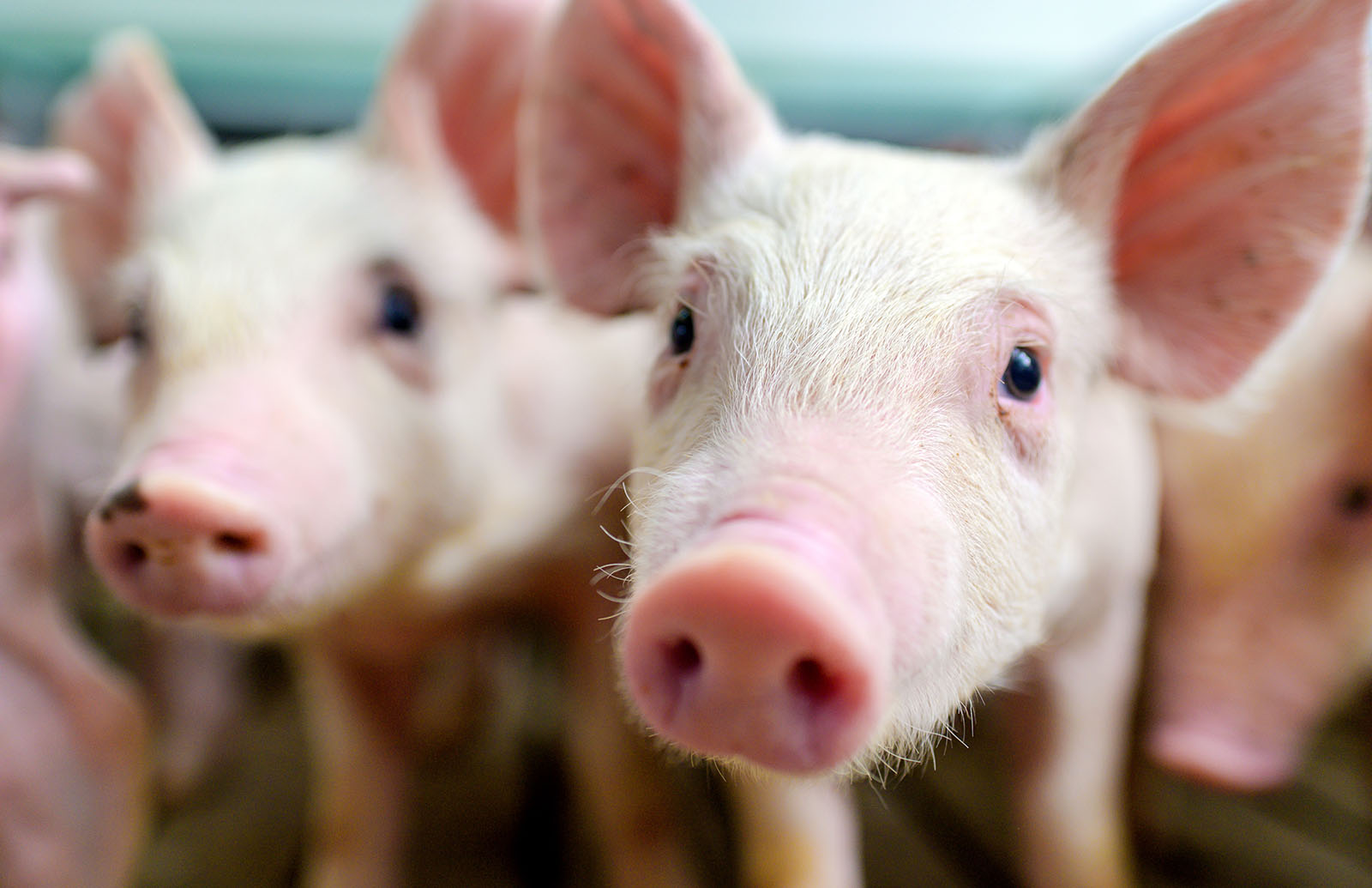Losing a tooth can be a frustrating and costly experience. Current solutions like dentures and implants can be expensive, uncomfortable, and require ongoing maintenance. But what if we could regrow missing teeth naturally? That’s the idea behind new research led by scientists at Tufts University, who are exploring a new approach to tooth regeneration in humans.
At the heart of this research is what might be a surprising model for tooth regeneration: pigs. Unlike humans, pigs can grow up to five or six sets of teeth throughout their lifetime. Pamela Yelick, a professor at the Tufts School of Dental Medicine, believes that understanding how pigs replace their teeth could unlock the key to doing the same for people.

In a recent study, Yelick and her team successfully grew human-like teeth in pigs. To accomplish this successful tooth regeneration, the researchers took living tissue from both human and pig teeth and combined them in a laboratory. From there, they transplanted the teeth into a mini pig’s mouth.
Within a few months, the tissue developed into a fully formed bioengineered tooth, resembling a natural tooth in structure. The researchers say these developers are still in the very early stages, and tooth regeneration in humans is not yet a reality.
However, Yelick is optimistic that advancements in regenerative medicine and dentistry could accelerate the development of practical solutions—much in the same way anti-aging medicines are helping to regenerate aging tissue in some tests.
Currently, most tooth replacement methods have remained largely unchanged for over a century. While effective, these solutions do not replicate the natural process of tooth growth. Regenerative dentistry could provide a longer-lasting, natural alternative—eliminating the need for artificial replacements altogether.
The next step for researchers is to better understand the mechanisms behind tooth regeneration in pigs and find ways to replicate this process properly in humans. Exactly how long that might take is unclear, though.








